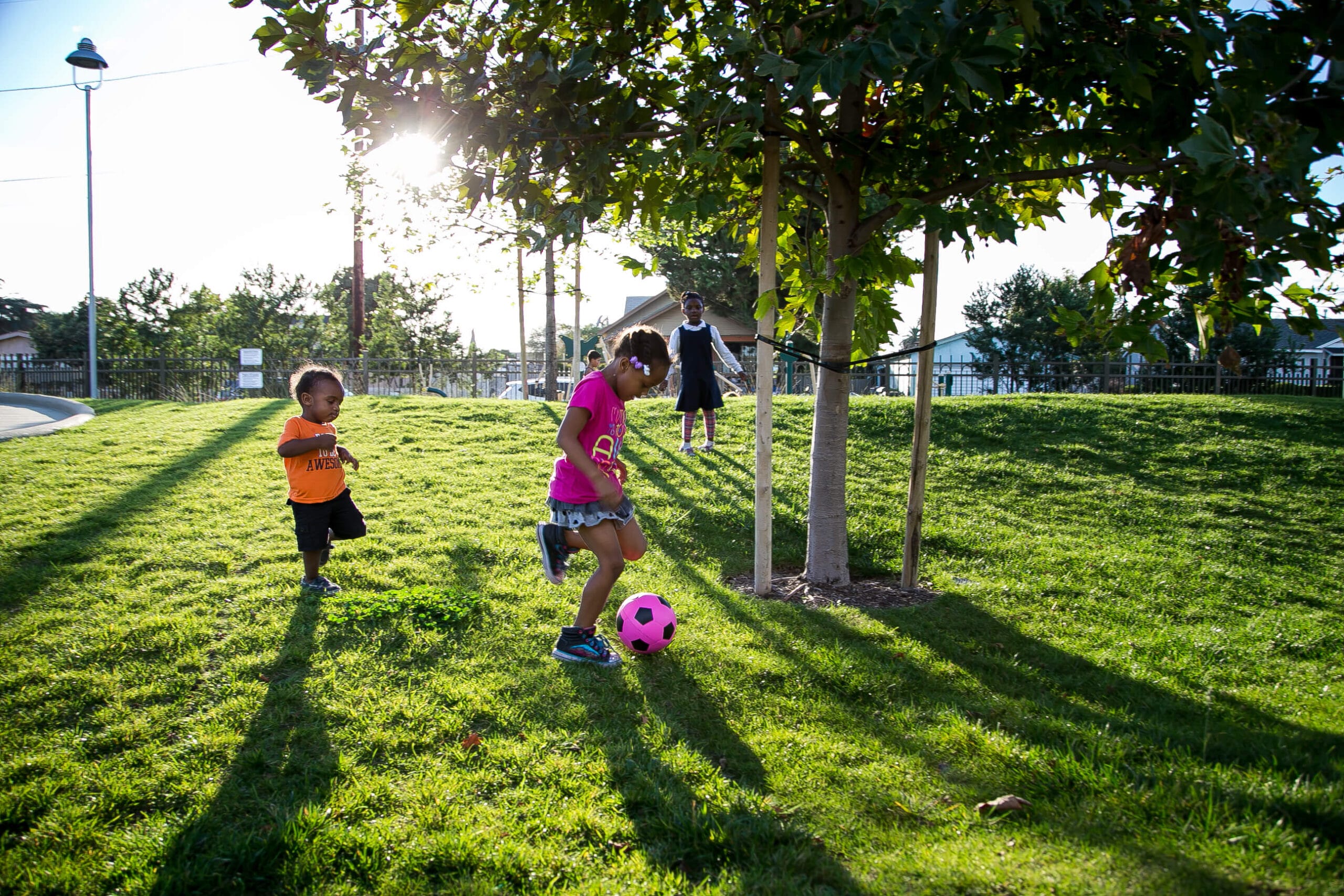When Florence Williams moved from Colorado to Washington, DC, a few years back, she registered an immediate change: “I felt like a stress bomb went off in my own brain,” she says. “In Colorado, I had access to nature pretty much hourly—and it was hard to lose that when we moved to the heart of the city.”
As a science writer, Williams was well equipped to explore emerging research on the effects of different environmental conditions on our minds and bodies. “I became really interested in how external landscapes are reflected in our own internal and emotional landscapes,” Williams says. She turned that spark of interest into research for her book The Nature Fix: Why Nature Makes Us Happier, Healthier, and More Creative.
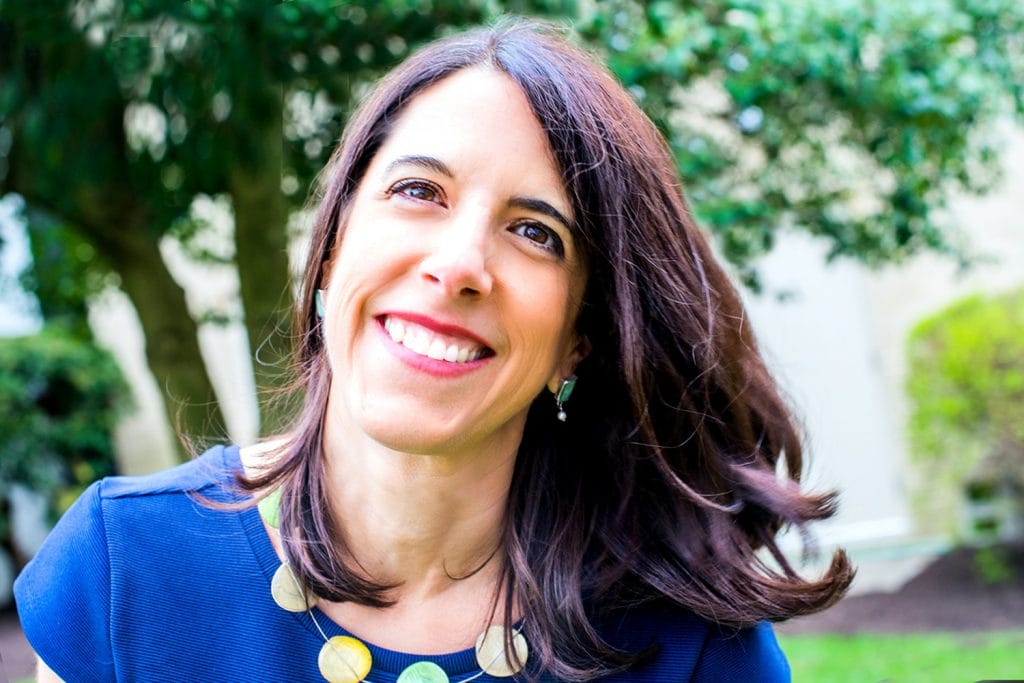
Photo: Sue Barr
These days, as Williams shelters at home with her family to wait out the pandemic, she says the lessons she learned while writing the book are more relevant than ever. Earlier this month she chatted with Trust for Public Land President and CEO Diane Regas about how the power of nature and our resilient communities will help see us through this crisis. Here are five takeaways from their conversation.
Watch a recording of the chat here.
1. A little bit of nature goes a long way for our well-being
We feel it intuitively, even when just step outside for a walk around the block: nature invigorates us. Williams learned from scientific researchers who are quantifying those health effects: “There’s a growing body of science on how even small, unimpressive elements of nature can change our moods and even our nervous systems,” she says, describing a seminal 1984 study of people undergoing the same surgery at a Pennsylvania hospital: researchers randomly assigned patients to a room with a view of trees, or a view of a brick wall. “Patients in the room with trees out the window requested fewer pain meds, and needed fewer days in hospital to recover,” Williams says. “In some ways it’s surprising, but really, Florence Nightingale was documenting this effect 150 years ago: she describes how her patients were drawn to the windows, how they always turned their faces to the light.”
2. It’s good to be awed
“There’s really interesting new science about beauty and what happens to us when we experience awe, even from something as simple as watching a pretty sunset,” Williams says, describing studies documenting the correlations between feelings of awe and feelings of connection to the wider world, and each other. “That in turn takes us away from our own particular problems and stresses, and helps us focus on what’s altruistic and pro-social in us, which is very healing, psychologically.”
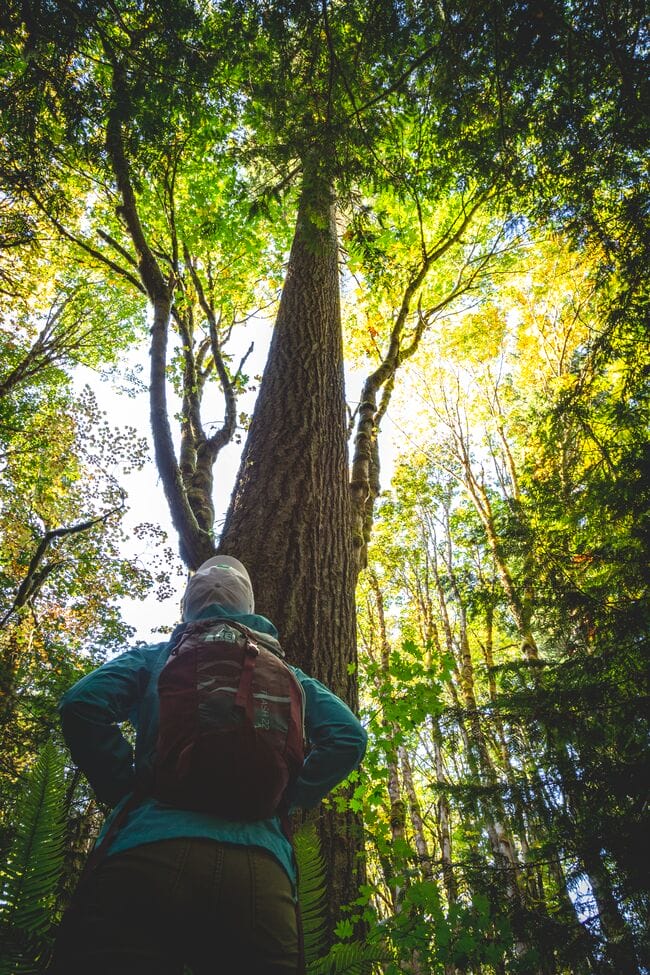
Nature is obviously awesome … but what’s less obvious is just how powerful of an affect it can have on our mental and physical health, especially during times of stress and change. Photo: Thomas Barton
3. Nature is your friend—literally
Sheltering in place is a public health imperative for millions of Americans right now—but it can take a mental and emotional toll. “Human beings aren’t designed to live in self-isolation. Researchers at UCLA are finding that feelings of loneliness can actually change our gene expression in ways that make it harder to fight viruses, so it’s even more important than usual right now to be deliberate about maintaining mental health,” Williams says. The good news? Researchers in Japan and Finland have shown that spending time outside, feeling sunshine and even smelling the smells of nature, boosts our mood and can even bolster our immune systems. “If you can safely get out and get a little sun, and smell some nature smells, that’s going to be very good for us right now.”
4. Park closures are painful for everyone, but important for protecting public health
Across the country, park agencies are closing parking lots, facilities, trails, and even whole parks, to prevent crowding that could expose visitors to the coronavirus. The specifics of these orders vary widely and are changing as park managers adjust to the latest local conditions. But one thing is clear: staying up to date and following the guidelines is a responsibility shared by each of us. “We have to use common sense,” Williams says. “Stay away from places that seem too crowded. Even if your parks remain open, go early in the morning, or on a rainy day.” For the most part, Williams says, Americans have been doing their level best to flatten the curve, even as these guidelines have meant sacrificing our normal routines and sources of rest and relaxation.
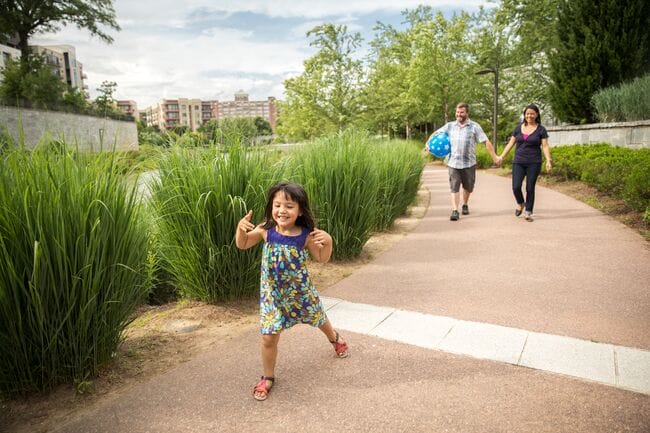
Even if your favorite parks are closed, you and your family can benefit from a walk around the block. “I’ve been paying closer attention to the trees on my street, even just the view out my window,” Williams says. Photo: Christopher T. Martin
5. Parks will be central to our recovery—but too many people don’t have access.
“I’ve really been moved by how dramatic the need has been for people to seek their parks during this crisis,” Williams says. But she’s not surprised: “We know from history that communities seek nature and unity after disasters.” When a tornado tore through Joplin, Missouri, in 2011, residents came together to rebuild a park that was destroyed. “That park has since become a center of healing and resilience—one of the many examples of parks contributing to recovery … which is why what Trust for Public Land is doing to ensure everyone has a park within a 10-minute walk of home is so critical.”
In many areas of the country, parking lots and visitor facilities are closed to deter crowds, but parks remain open for walk-in access. That’s great for folks who live within walking distance of a park—but makes safe, healthy access to the outdoors that much harder for the 100 million Americans who don’t have a park within a half-mile of home. “We understand now that people need access to parks close to home. It’s not just a luxury concern,” Williams says. “In a crisis, having that park close by can make all the difference.”
This raw, beautiful landscape in Southern California is home to Indigenous heritage sites, and it provides critical habitat for threatened and endangered species. Urge the administration to safeguard this extraordinary landscape today!
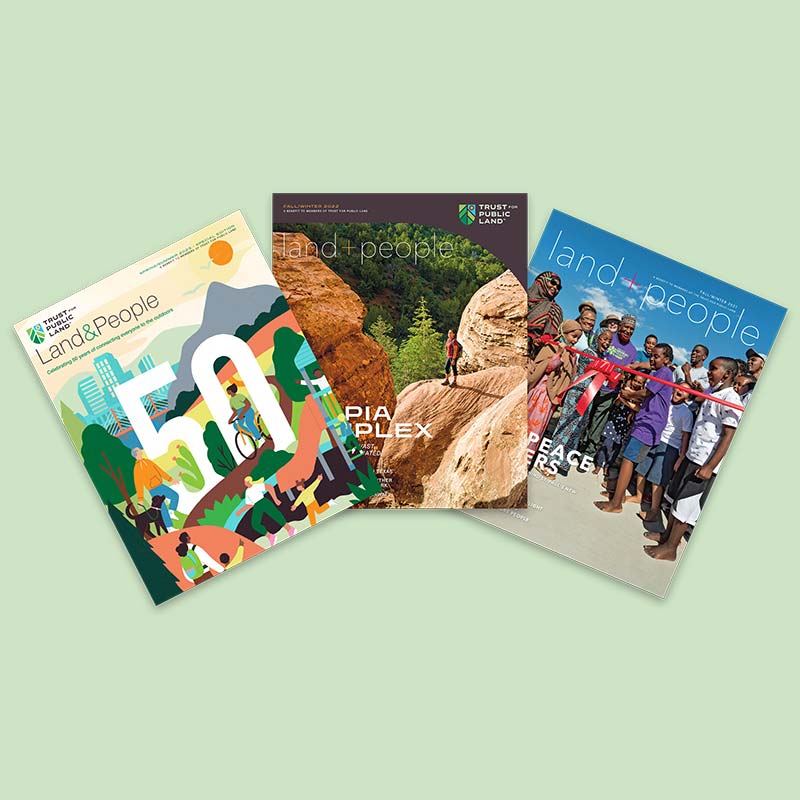
Donate to become a member, and you’ll receive a subscription to Land&People magazine, our biannual publication featuring exclusive, inspiring stories about our work connecting everyone to the outdoors.

